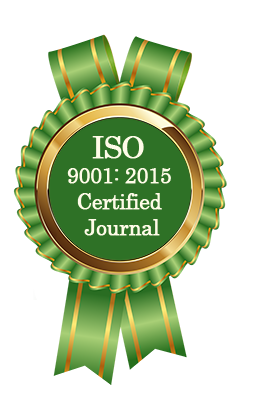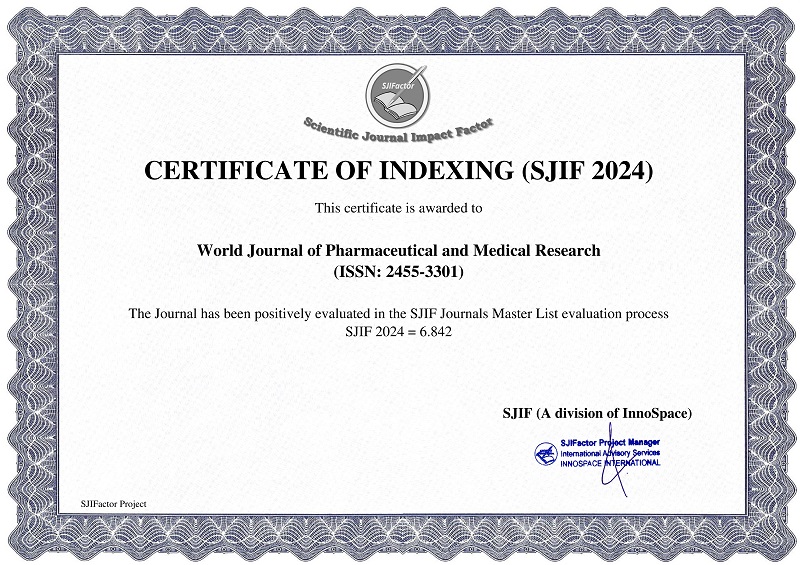ELUCIDATION OF ANTIHYPERLIPIDEMIC PROFILE OF BAHUNIA RACEMOSA LIN USING TRITON-INDUCED ANIMAL MODEL
Akelesh T.*, Gopal V., Jeyabalan G., Sam Johnson Udaya Chander J., Manavalan R., Venkatanarayanan R.
ABSTRACT
Lipids are water insoluble substances with unique structures and functions. They are soluble in organic solvents such as Chloroform, Ether and acetone. Major groups of lipid include fats, phospholipids, steroids and waxes, etc. The main biological functions of lipids are energy storage, as structural components of cell membranes and signaling. Metabolic syndrome (MS), such as diabetes, obesity, hyperlipidimia and hypertension is associated with abnormal lipid metabolism. The accumulation of nutrients such as lipids and caloric surplus leads to abnormal lipid and ectopic fat accumulation, which is a fundamental component of metabolic disease. Elevated serum total cholesterol (TC), low density lipoproteins (LDL), very low density lipoprotein (VLDL) and decrease high density lipoprotein (HDL) are the major risk factors for coronary heart diseases and chronic degenerative disease such as atherosclerosis. In recent scenario herbal drugs play a vital role in controlling diseases including increased lipid level in the body. The natural sources are less toxic, less expensive, which can provide better safety and efficacy on a long term usage.
[Full Text Article] [Download Certificate]



